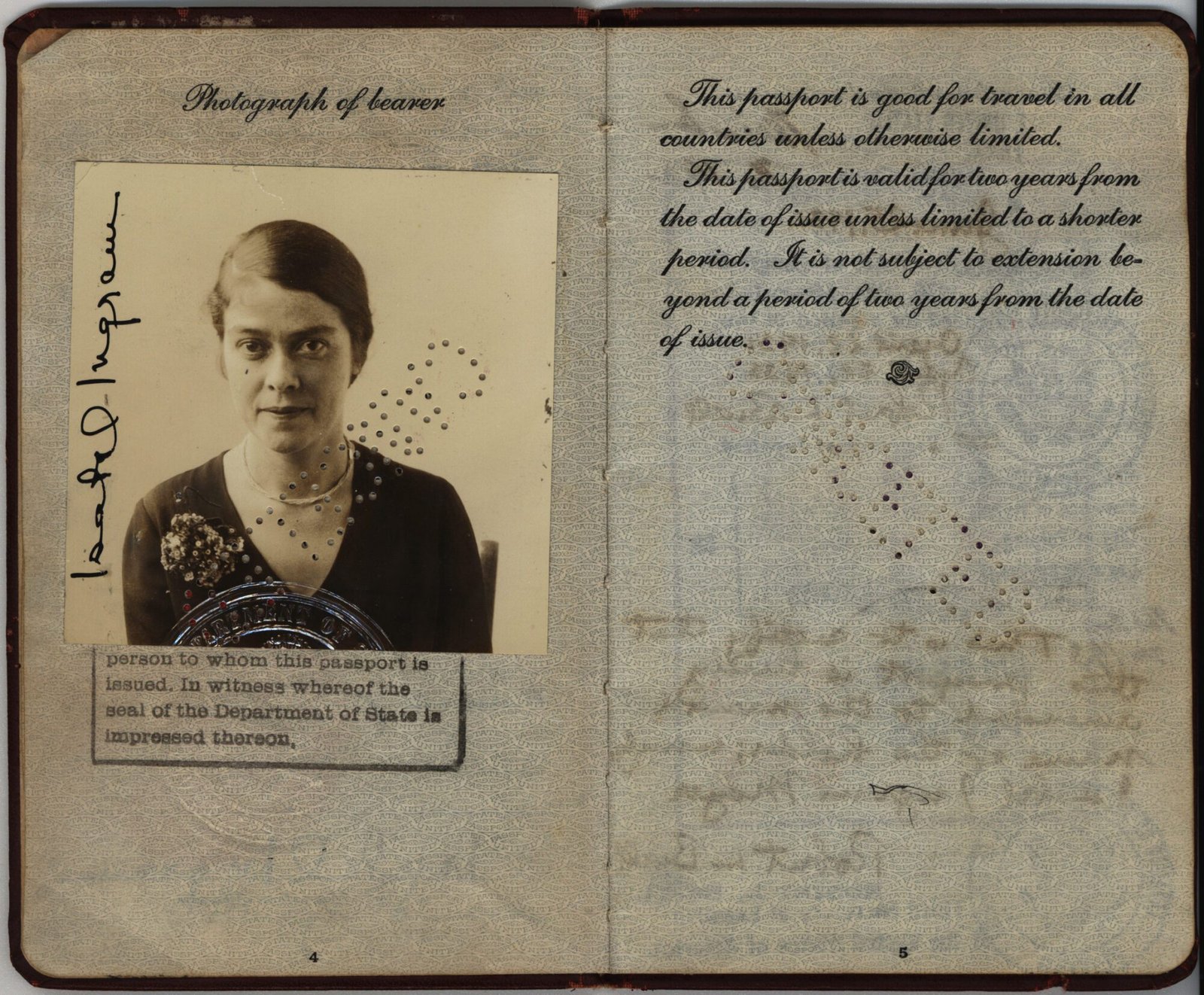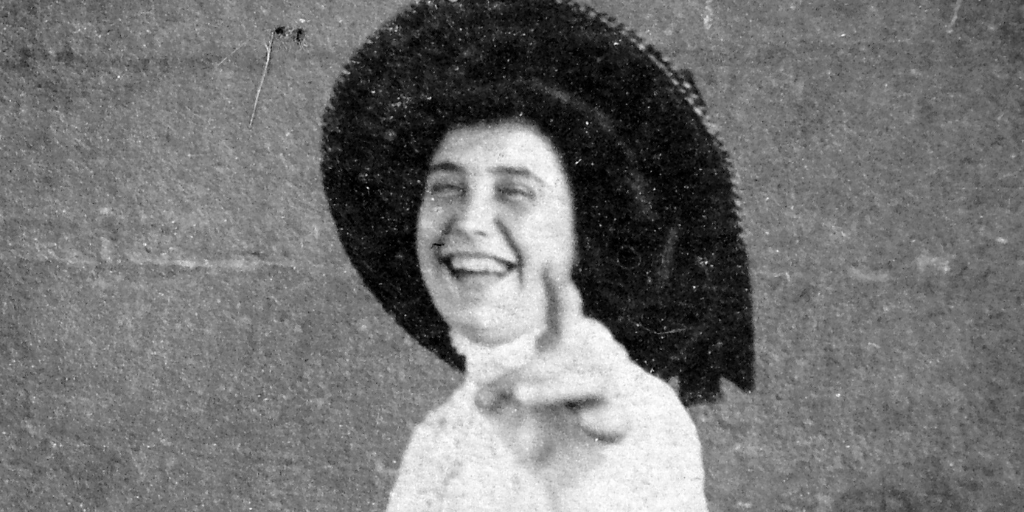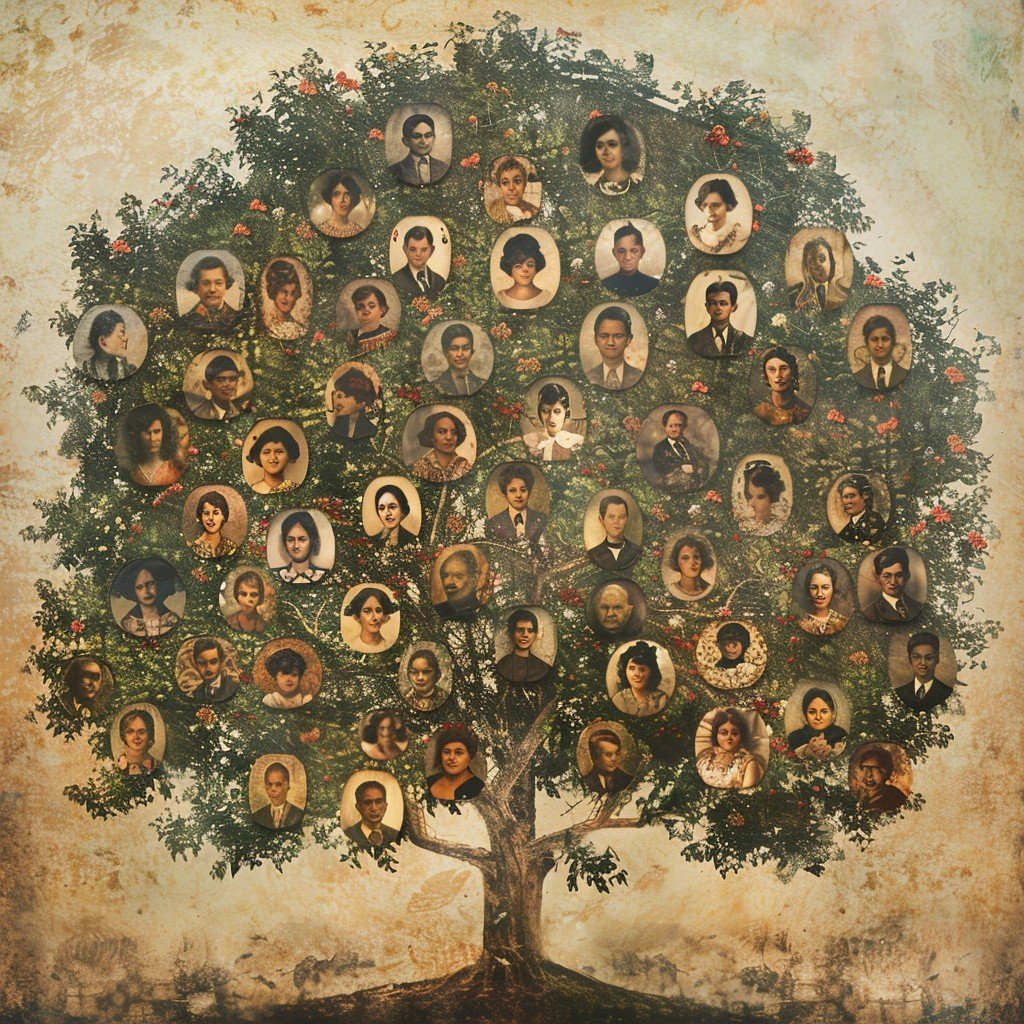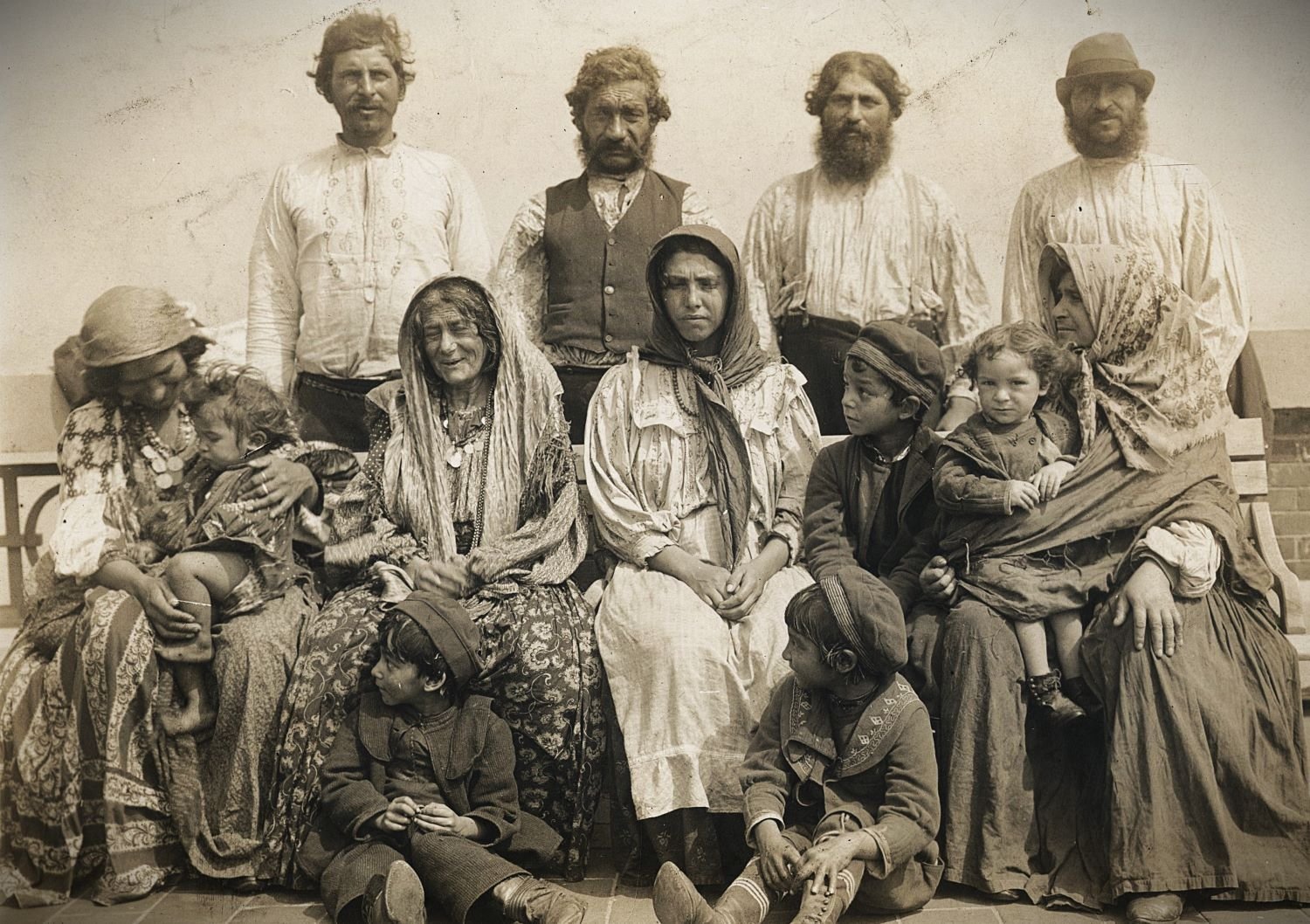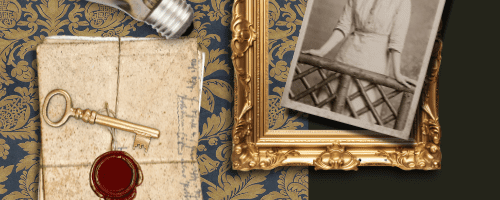So what makes an old passport so valuable for ancestry research?
If someone handed you your great-grandmother’s passport today, you might not even realize what you’re holding. It’s small. Faded. A bit crumpled around the edges. But it’s more than just a travel document. It’s a full-on ancestral goldmine, packed with clues that can reshape your entire family tree. From names and birthplaces to personal quirks and unexpected journeys, an old passport can help you answer questions like:
- Where exactly was she born
- What name did she use before marriage?
- When, and how did she emigrate?
- What secrets was she keeping?
- Let’s unpack what you can learn.
What personal details can you find in an ancestor’s passport?
Names, dates, and the truth behind family myths
Eye color, face shape, and a literal glimpse into her lifeYour great-grandmother’s full name, often including her maiden name, will likely be printed right there. That alone can unlock new branches of your family tree. You’ll also find her date and place of birth, which is critical for finding local church or civil records. And don’t be surprised if you spot a different age than the one your family “remembers”, people tweaked their ages more often than you’d think.
Eye color, face shape, and a literal glimpse into her life
Some historical passports include physical descriptions: eye color, height, face shape, even notes like “sharp nose” or “round chin.” These aren’t just cute details, they’re DNA breadcrumbs. And then there’s the photograph. In some cases, it’s the only surviving image of your ancestor. Her eyes, her clothes, her expression… suddenly, she’s not a name on a chart. She’s a person.
Her signature – yes, really
There’s something strangely emotional about seeing your ancestor’s actual handwriting. That signature? That was her, pen in hand, probably nervous or proud or bored at some government office. And now it’s in your hands.
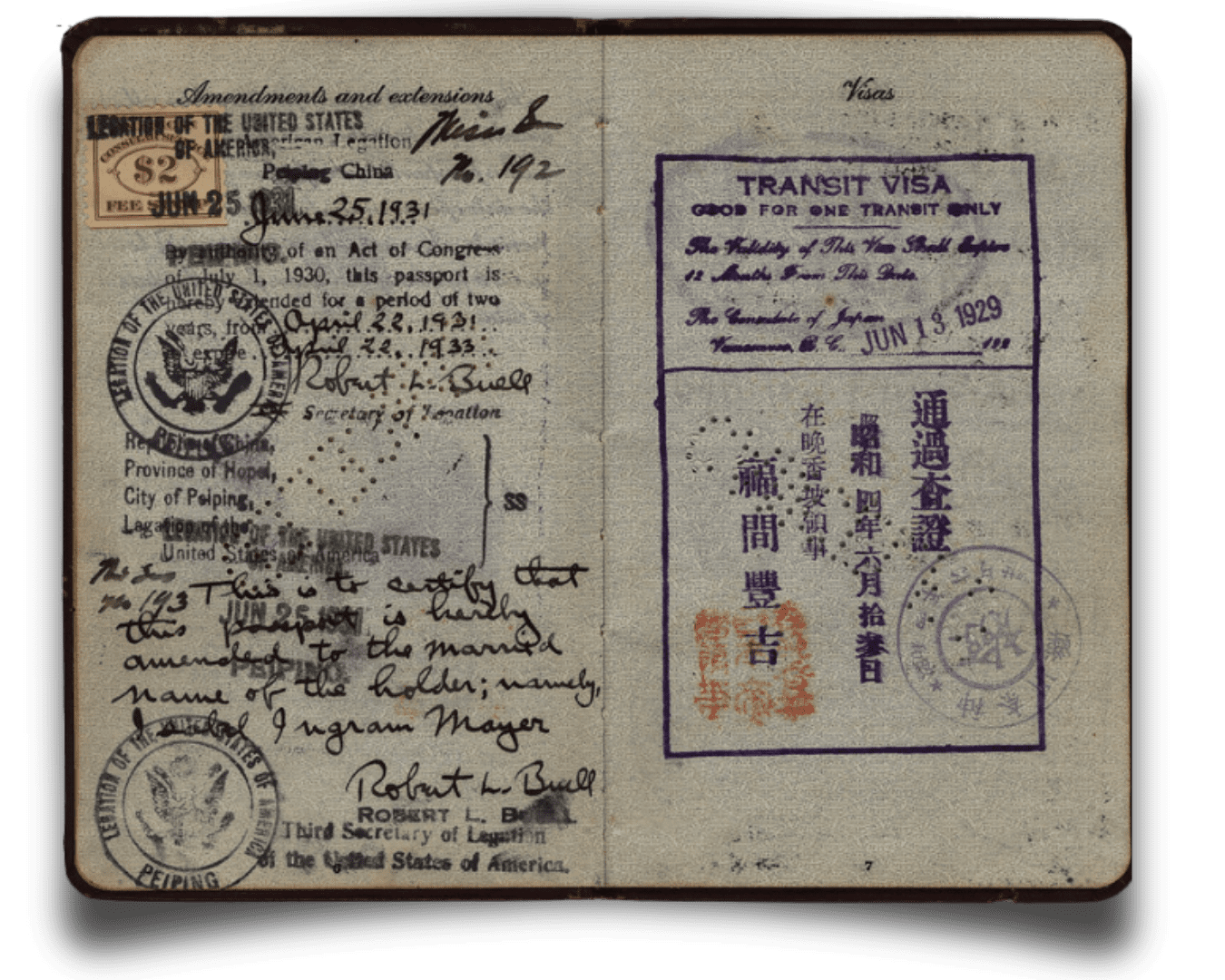
How can a passport reveal your ancestor’s journey?
Most people don’t realize just how much information is packed into those faded visa pages.
Travel stamps tell migration stories
Every entry and exit stamp is a clue. Where did she go? When did she leave? Did she pass through Austria? Germany? Was she detained at Ellis Island? These stamps are a roadmap for tracing your family’s movement across borders and generations. If you’re building a migration map or timeline, those stamps are priceless.
Unexpected detours & return trips
Not all journeys are one-way. Some ancestors left, came back, and left again. Some had multiple destinations. Some followed husbands or sisters or job offers. And some… ran. A passport might be the only record of these detours, especially if paper trails were lost to war, fires, or neglect.
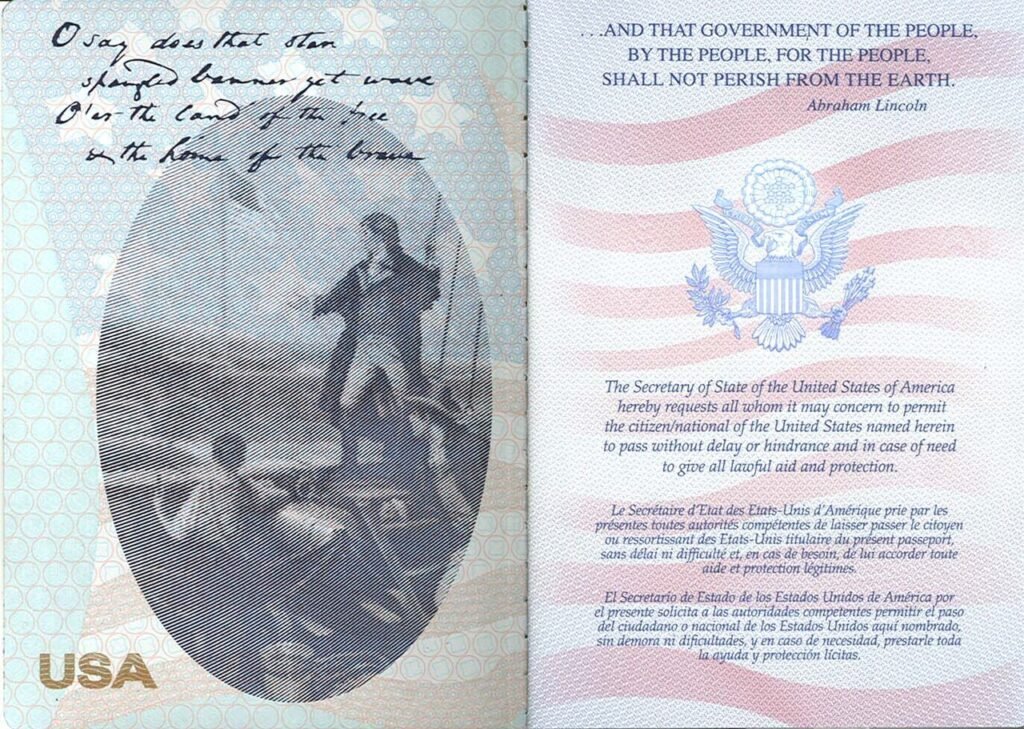
Credit: By Kissimmee
What kind of secrets might be hiding in her passport?
Let’s be honest: not every ancestor was straightforward. Some changed their names. Some lied about their age to appear younger—or older. Some left entire families behind and started fresh somewhere new. You might even find contact names or addresses abroad that don’t match the family narrative. Basically, your great-grandmother’s passport might out her as a runaway bride, a freedom fighter, or just someone who didn’t want to be found. Intriguing, right?
How do you find an old passport, and what should you do with it?
Start simple. Ask your relatives. Someone might have it stashed away in a drawer or photo album. No luck? Try:
- National or regional archives
- Immigration case files (especially if she entered the U.S., Canada, or Australia)
- Genealogy forums or Facebook groups
Found one? Here’s what to do:
- Scan it – High-res, front to back.
- Translate it – Helps your research,and aids future generations in understanding it.
- Analyze the data – Names, dates, locations, stamps.
- Turn it into something beautiful – Like a custom migration map or framed photo–document collage (yes, we have templates for that).
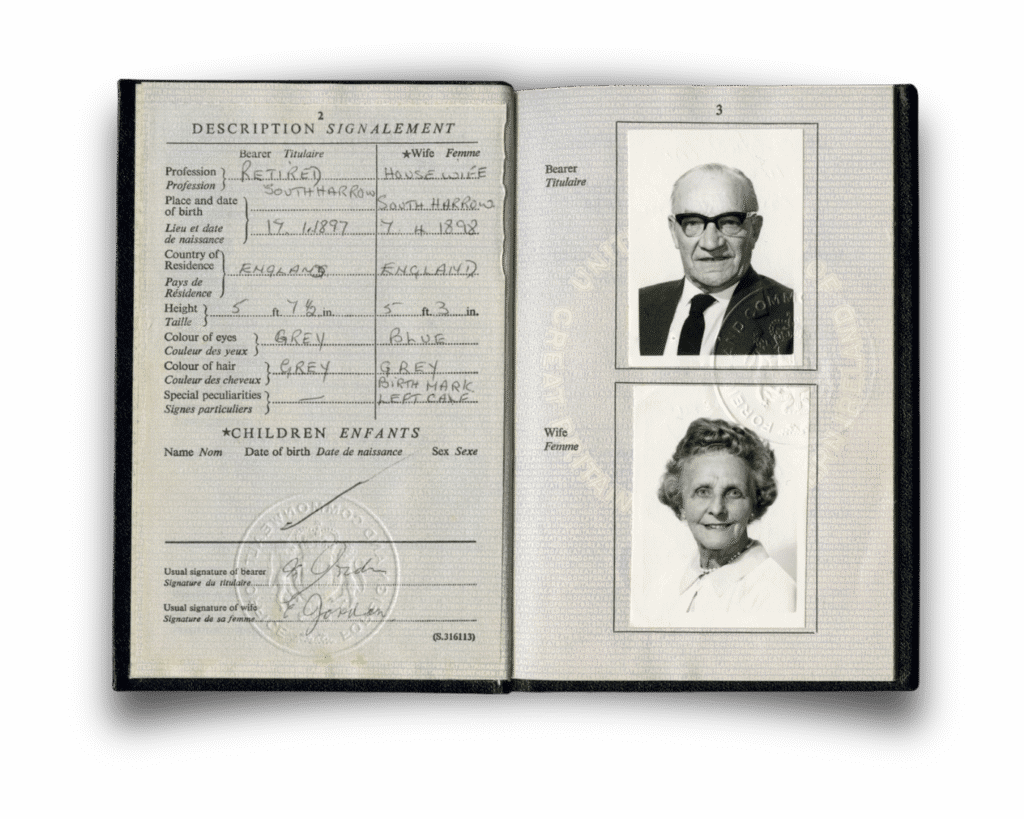
TL;DR – Why this one document is so powerful
- It gives you hard-to-find personal details
- It maps migration routes and emigration dates
- It might contain the only surviving photo or signature
- It can confirm or contradict family stories
- It’s a tangible connection to someone who came before you

